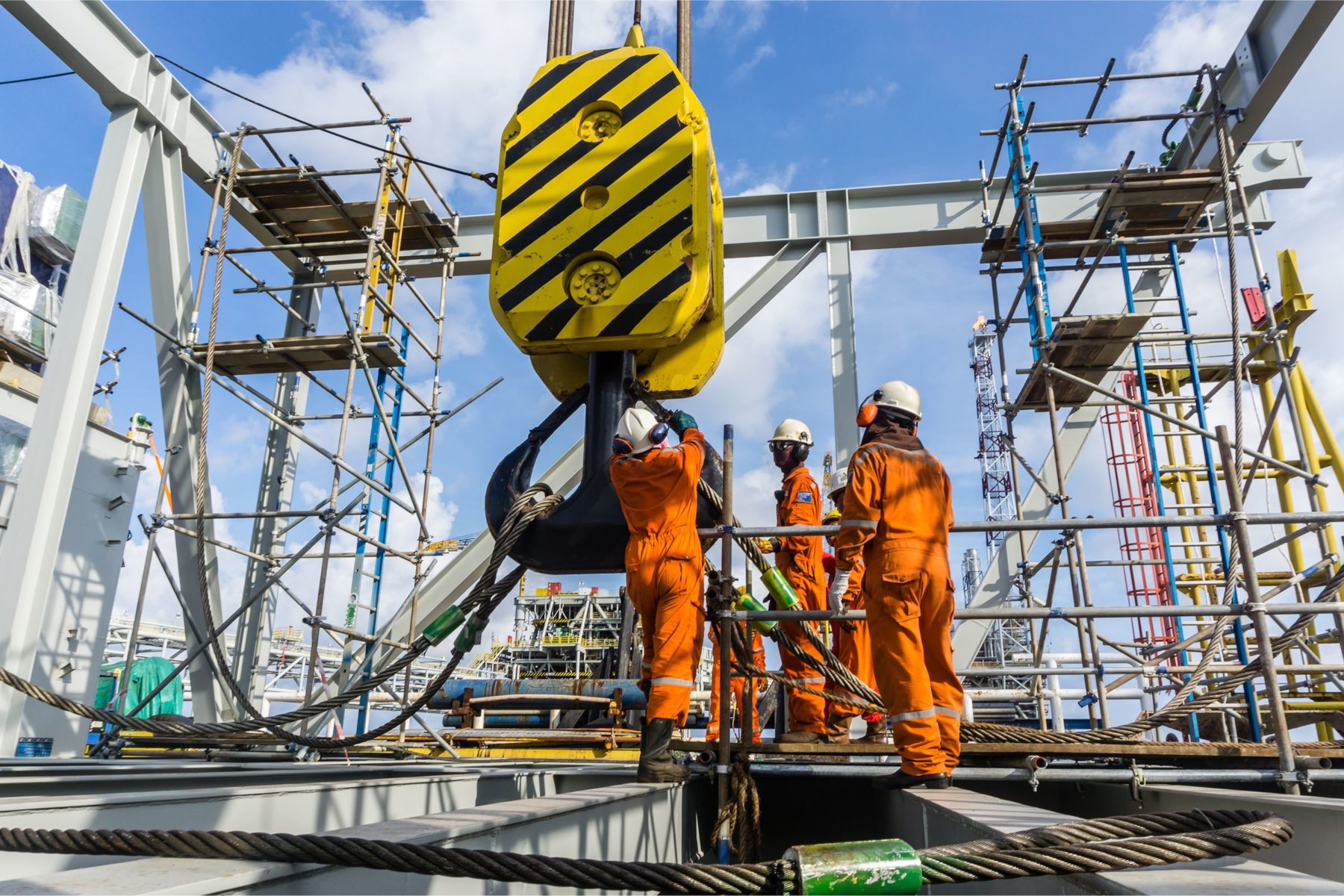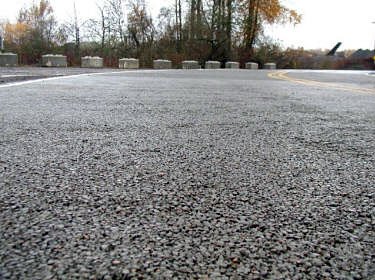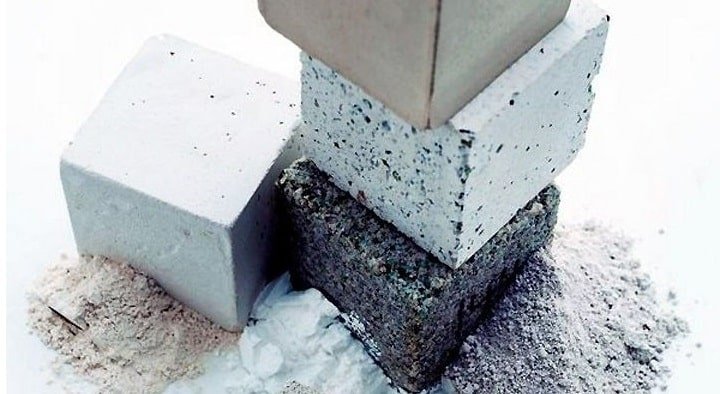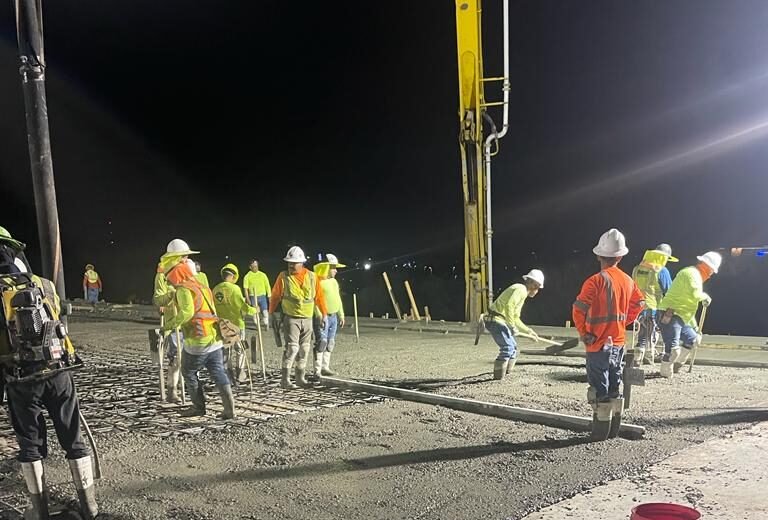
Essential Concrete Safety Tips: Protecting Workers on the Job Site Working with concrete is a fundamental aspect of the construction...

Porous concrete is an innovative solution used to mitigate the impact of urban flooding by allowing water to filter through its surface. In this article, we will explore what porous concrete is, how it works, and how it can help reduce flooding issues in urban environments.
Porous concrete, also known as permeable pavement, is a type of concrete that contains a significant amount of interconnected voids or pores. These pores allow water to flow through the pavement instead of pooling on the surface, thus reducing the risk of flooding and improving water management in urban environments.
When it rains, water falling on porous pavement infiltrates through the pores and either percolates into the underlying soil or is collected in underground drainage systems. This prevents water accumulation on the surface, reduces surface runoff, and decreases the burden on stormwater sewer systems, thereby helping to prevent floods and mitigate soil erosion.
Porous concrete is used in a variety of urban applications, including sidewalks, pedestrian pathways, parking lots, plazas, and recreational areas. It is also used in green infrastructure projects such as rain gardens and stormwater catchment areas, where it is employed to naturally infiltrate and treat rainwater.
The benefits of porous concrete include reducing the risk of urban flooding, improving water quality, recharging groundwater aquifers, reducing the urban heat island effect, and promoting biodiversity by providing habitats for local flora and fauna.
When designing and installing porous pavement, it is important to consider factors such as the type of underlying soil, terrain slope, traffic volume, and local climatic conditions. Additionally, proper maintenance practices, such as regular cleaning of pores and crack repair, should be followed to ensure optimal performance of porous pavement over time.
While porous concrete offers numerous benefits in terms of water management and flood mitigation, it also presents some challenges and limitations. These may include the need for proper installation and maintenance, as well as safety and durability considerations in areas with heavy traffic or extreme weather conditions.
Conclusions and Future Perspectives
In conclusion, porous concrete is an effective tool for reducing the impact of urban flooding and improving water management in urban environments. With its ability to naturally infiltrate and treat rainwater, porous concrete is playing an important role in creating more resilient and sustainable cities worldwide.

Essential Concrete Safety Tips: Protecting Workers on the Job Site Working with concrete is a fundamental aspect of the construction...

Decorative Concrete: Trends in Modern Finishes for 2025 Concrete is no longer just a construction material — it’s become a...

Sustainable Concrete Innovations in 2025: The Future of Eco-Friendly Construction In 2025, the construction industry continues its transformation towards sustainability,...

The Science Behind Concrete Cracking: Causes and Solutions Cracks in concrete are one of the most common issues in construction,...

Top 10 Concrete Myths Debunked: What Every Contractor Should Know Concrete is one of the most widely used construction materials,...

How to Plan Concrete Pouring in Large Construction Projects Pouring concrete in large-scale construction projects requires meticulous planning, logistical coordination,...
© 2023 Created with RGA Concrete Contractors LLC
This website uses cookies to provide you with the best browsing experience.